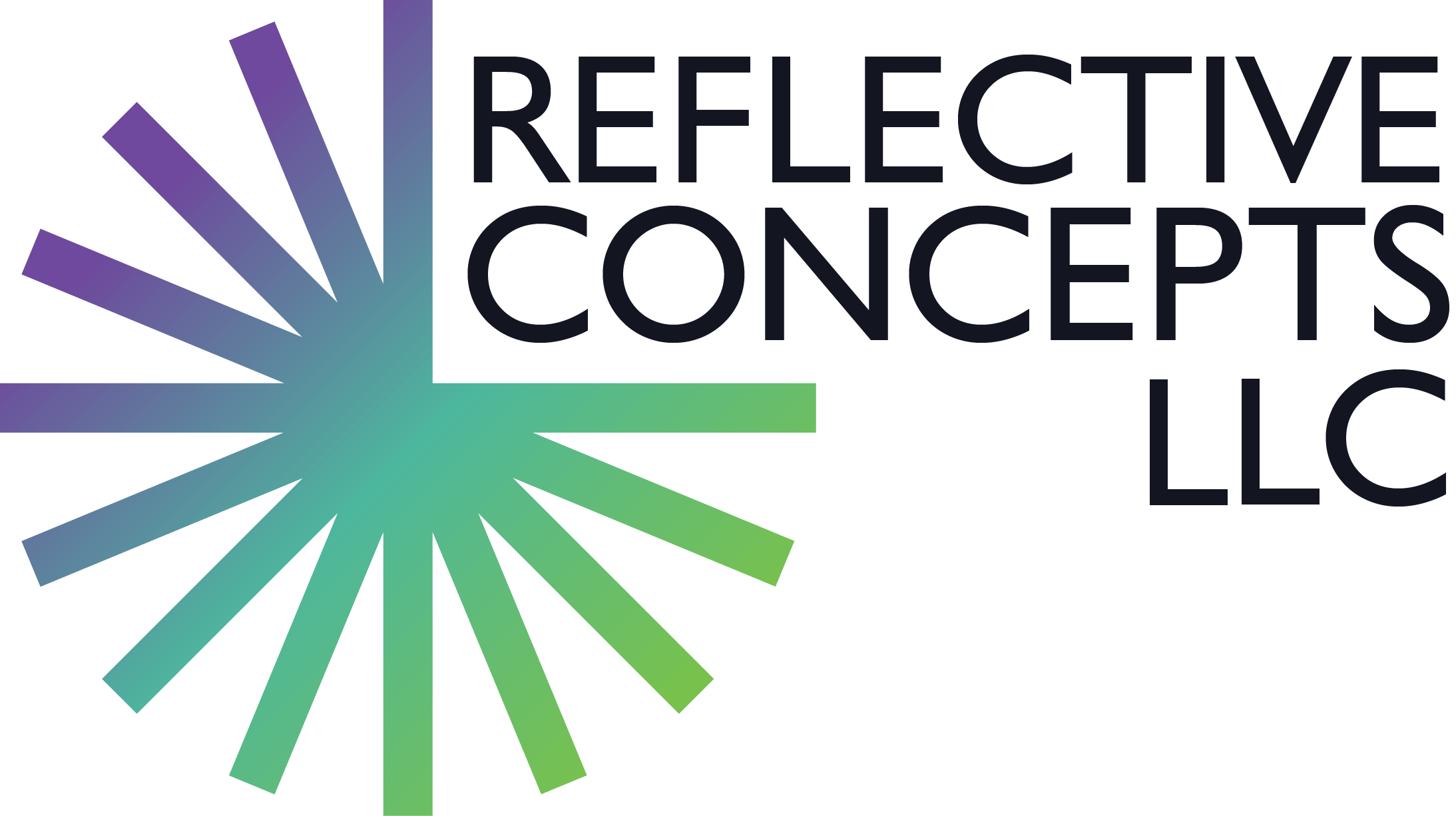When it comes to the production and profitability of fabricated reflective optics, time is of the essence. But, a quick turnaround should never leave you questioning precision or quality. There’s no guesswork with Rapid Prototyping. The advanced technologies deliver exactly what you need, including peace of mind in knowing there will be no surprises from concept through end product. Rapid Prototyping is a group of technologies used to quickly fabricate a scale model of a physical part or assembly using 3D printing and CAD design. Rapid Prototyping isn’t a new concept, but in the nearly four decades since its inception, the techniques have been refined to advance many industries including fabricated reflective optics.
How Does Rapid Prototyping Work? A common misconception about Rapid Prototyping is that a machine is simply loaded and a finished part magically appears. In fact, the majority of work involved in prototyping happens well before a prototype is created. We first work with customers to determine their specific prototype needs, then our engineers pinpoint which of the Rapid Prototyping technologies will produce optimal results:
- 3D Printing and Modeling are the most common methods, using equipment that creates three-dimensional components in various materials including plastics, wax, and metal. While effective, this technology can’t directly produce a fabricated reflector. Instead, we use 3D Printing and Modeling for rapid tooling and fixture needs. It dramatically reduces prep time as compared to traditional methods.
- Laser and CNC Punching are the most traditional Rapid Prototyping methods for fabricated reflectors. These technologies are the core of versatile and rapid fabricated metals processing, and continue to advance and mature. Laser and CNC Punching are programmable and changeable so the process can continue until the part is right allowing for modifications and experimentation if needed. What Are The
Benefits of Rapid Prototyping? Rapid Prototyping is both progressive and practical. Using these techniques provides you with significant advantages:
- Speed. As the name implies, Rapid Prototyping produces results quickly. However it’s also understood that while prototyping is rapid, it’s never rushed. Experience, engineering, and technologies combine for best outcomes.
- Better proof of concept/testing results. An accurate prototype is critical in evaluating and verifying the product’s function, fit, and finish as well as working out any manufacturability issues that may arise during the process. Precision is the foundation of Rapid Prototyping.
- Speed in transitioning to production. Anyone can make anything once, but what about the second time, and every time after that? The prototyping process always represents the production process, ensuring consistency and a quick start-up of the production process while also allowing for low volume manufacturing if necessary.
- Product refinement. Once you’ve gone through the Rapid Prototyping process, revisions and modifications to products are much easier to implement.
Time to market. All of the above—speed, better results, streamlined transitioning and easy refinements—mean you’re able to get your product to market faster for higher profitability.
